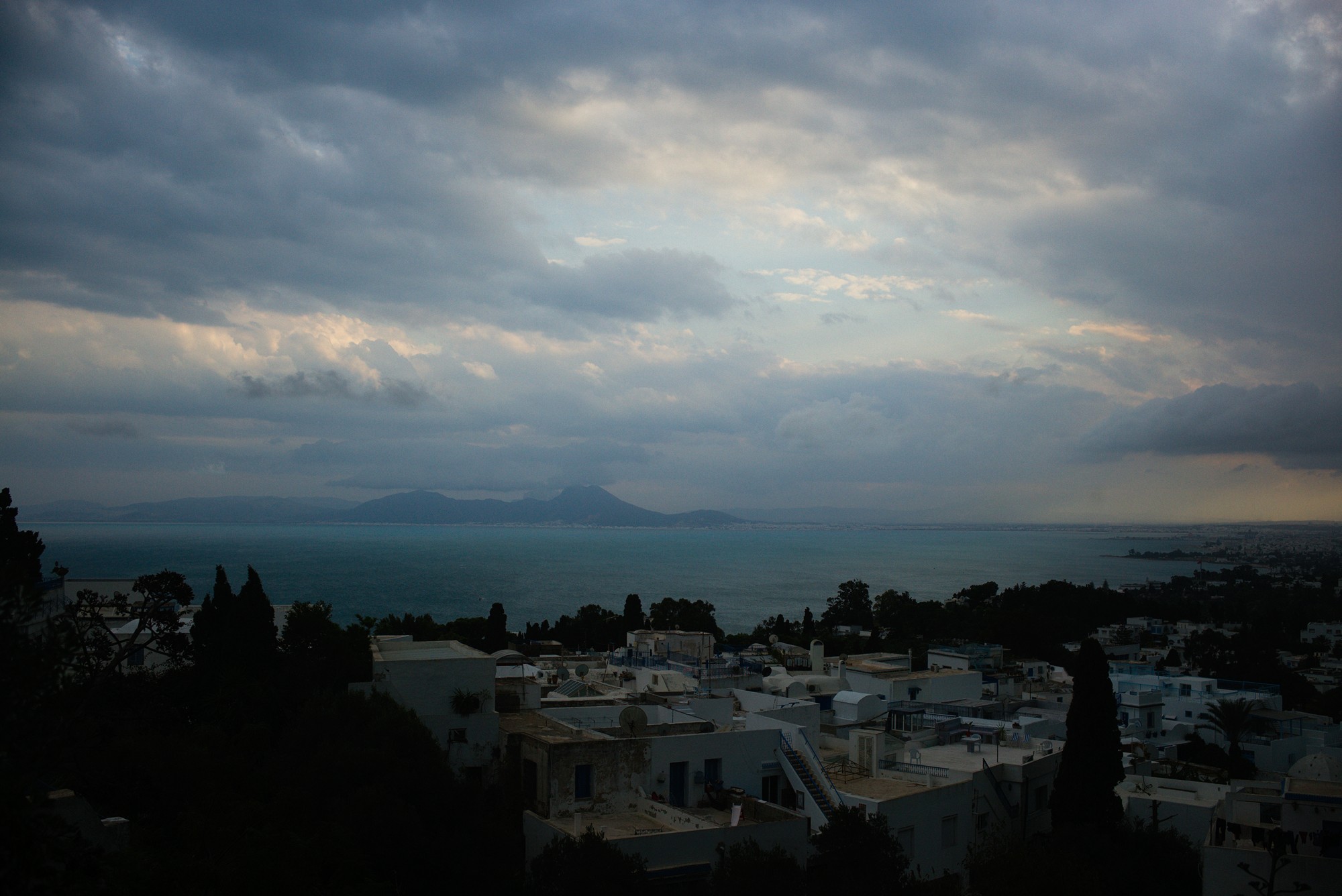Since our recent arrival in Muscat, I’ve experienced a feeling of well-being by smelling the fragrance of Frankincense in various public spaces. This aroma brings back memories of my childhood in churches during Christmas time.

Many people find its scent calming and spiritually evocative, which is why it is commonly used in religious settings. In Oman, you’ll find Frankincense being used not only for religious ceremonies but also in daily life, from perfumes and incense to traditional medicine.

Frankincense is a resin obtained from trees of the genus Boswellia and has been used for centuries in various cultures for its aromatic and ceremonial purposes.

The resin can be harvested twice a year – from March to May and again between September and October. Omani frankincense, or Boswellia sacra, from the Dhofar region is considered to be the finest in the world, with Hojari resin – whose rich scent is like honey and lemon and comes in smaller white or citrus-coloured tears of sap – regarded as the most desirable. In Oman, Frankincense has a deep-rooted cultural and historical significance. Locally known as Luban, Oman is known to produce the world’s finest frankincense. In Dhofar region, frankincense species grow north of Salalah. The Land of Frankincense is a UNESCO World Heritage.

We ventured to the Mutrah Souk in search of Frankincense. Here is how it works: light a corner of a piece of charcoal and put in the incense burner, and wait until all the charcoal is heated thoroughly and evenly. Then put a piece, or a few pieces of frankincense resin on top of hot coal. Sit back and enjoy as the aroma fills the room…


